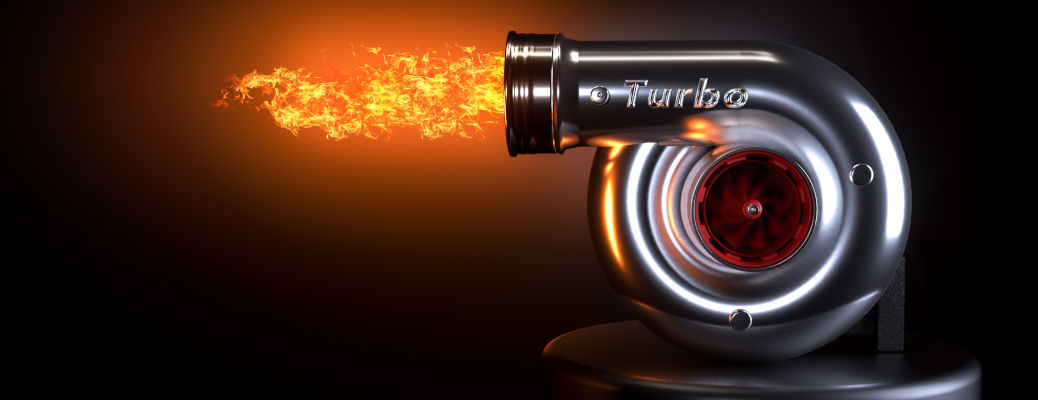What Are the Differences Between Twin Turbo and Biturbo Engines?
Are you curious what makes your pre-owned Mercedes-Benz C-Class tick? Drivers who are not familiar with mechanics or automotive engineering may look at a vehicle spec sheet and get confused. Autos of Dallas is here to help. If you have come to love the Mercedes-Benz or BMW brands, chances are you have heard of biturbo and twin turbo engines and you may have asked – what are the differences between twin turbo and biturbo engines? Take a closer look at Autos of Dallas.
READ MORE: What Are the Differences Between a Sunroof and a Moonroof?
How Do Twin Turbo and Biturbo Engines Work?
In many cases – twin turbo and biturbo are interchangeable terms that refer to an engine that employs dual turbochargers to amplify power and performance with a smaller displacement engine. That does not mean that there are no differences when you choose a turbocharged powertrain. Turbocharged engines are available in two primary designs – sequential twin-turbo and parallel twin-turbo. Format and design will vary from brand to brand, but this quick overview will help you understand the differences between turbocharged engines.

READ MORE: What Are the Differences Between Leather and Nappa Leather Interior?
Do you love to look deeper at what makes your car or crossover go? Take a closer look at how turbocharged engines work and get answers to the question – what are the differences between twin turbo and biturbo engines – with this in-depth overview. Visit the Autos of Dallas inventory today to experience turbocharged performance!






I have always thought that “twin turbo” would stand for “identical” turbos” (parallel bi-turbo). I have both a 635d and a 650i F06 which have the two kinds of bi-turbo engines (bi-turbo obviously meaning here “two turbos”). One is a sequencial bi-turbo, with a small turbo for low revs and a bigger turbo which adds up from around 2800 rpm. On the contrary, the V8 has two identical turbos (so called twin turbos, because they are identical) which work in parallel, which makes the engine respond much more like a single turbo engine. It is obvious that if each turbo serves half of the engine at the time and in parallel, both 4 cylinders works together with a single turbo each… Am I right?
Nuno, yes. If the two turbos are different sizes, then they aren’t twins. All twin turbos are bi-turbos, but all bi-turbos aren’t twin turbos.
Bi means 2
Twins means 2 identical